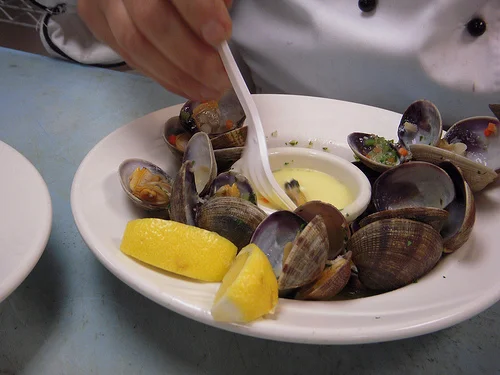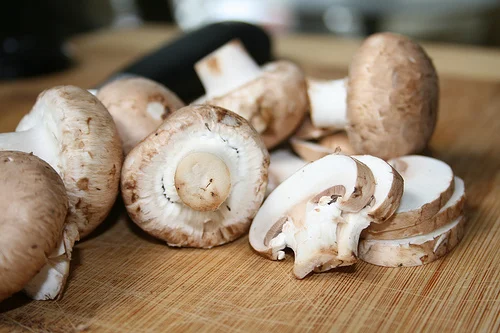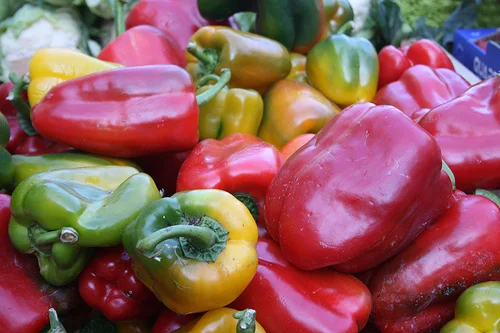How to make Chicken Stock
I did say I preferred to use the whole bird. And I am beginning to appreciate the value of homemade chicken stock. In culinary school, DAY 1 of class it is all about making stock. The Chef goes on about the importance of stock: it is the base for every sauce. And why do people keep going back to restaurants? What really is the difference between a top-notch restaurant and a mediocre restaurant? The sauces of course. And what makes a great sauce? A great stock. It is about building flavors and if you start with nasty stock, then no matter what you add to it is NOT going to make it better. As Chef likes to say: "bad food doesn't get better." Which is essentially an argument for good stock. Start with stock, learn to make a good stock and then---and only then---proceed with the rest of your culinary education.
...I have a hunch that making chicken stock [or brown stock or vegetable stock] will become a regular occurrence in our home. Thanks to culinary school. AND forming new kitchen habits. AND learning to use each part of a chicken.
I always thought making chicken stock sounded so daunting. But it really isn't:
Chicken Stock makes 2 quarts
4 pounds chicken bones 3 quarts water, cold 1 cup onion (4 oz) 1/2 cup celery (2 oz) 1/2 cup carrots (2 oz)
Note: the onion, celery and carrots combine to make the 'mirepoix'---which is the base for many soups, stews and stocks. Chop them in medium/half inch dice.
Note: a common way to flavor soups, stews and stocks is by using herbs, spices and/or aromatics. Two common ways to do this are by using a bouquet garni (think herbs tied in a bundle) or a sachet d' epices. The latter is used to make this chicken stock. A sachet is made by taking a square of cheesecloth and filling it with approximately: 2 T parsley stems, 1 tsp dried thyme, 1 bay leaf and 1 tsp whole black peppercorns; you then take the four corners of the cheesecloth, bring them together and tie. It becomes a bag full of herbs, that you can later easily remove.
Making the Stock:
- Rinse chicken bones under cold running water, drain and place in stockpot.
- Add cold water to cover bones; water should be about 3 inches above bones.
- Simmer chicken stock for 3-4 hours; do NOT boil. EVER. It will make your stock cloudy.
- In last hour of simmering, add herbs (sachet d' epices) and vegetables (mirepoix)
- Skim periodically during simmering.
- Strain stock through a strainer (lined with cheesecloth would be great; in class we use either a china cap---with cheesecloth---or a chinoise, which will put a dent in your pocketbook). A standard strainer in for home use is FINE; just put a layer of wet cheesecloth inside of it (wet so it doesn't move around when you are trying to pour in the stock).
- Cool, cover and label with type of stock and date (more later on proper cooling); then store in fridge or freezer. (I put mine in freezer bags).
To put your stock to use right away, go to my list of SOUPS. For the other part of the bird (eh, the meat), try Chicken Chardonnay---a new family favorite---Coq a Vin or Chicken with Peanut Sauce (the sauce keeps for weeks!).







